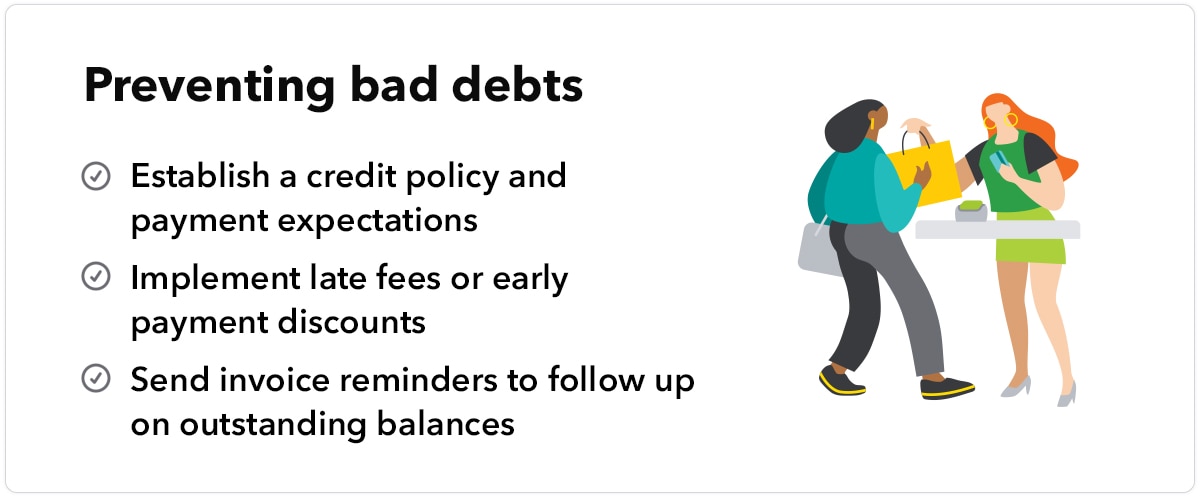When you sell a service or product, you expect your customers to fulfill their payment, even if it is a little past the invoice deadline. Unfortunately, it doesn’t always work out that way.
If your small business accepts credit sales, you run the risk of encountering something called a “bad debt expense.” Bad debt expenses are outstanding accounts that, after some time going unpaid, are deemed uncollectible.
In this post, we’ll further define bad debt expenses, show you how to calculate and record them, and more. Read on for a complete explanation or use the links below to navigate to the section that best applies to your situation.
















